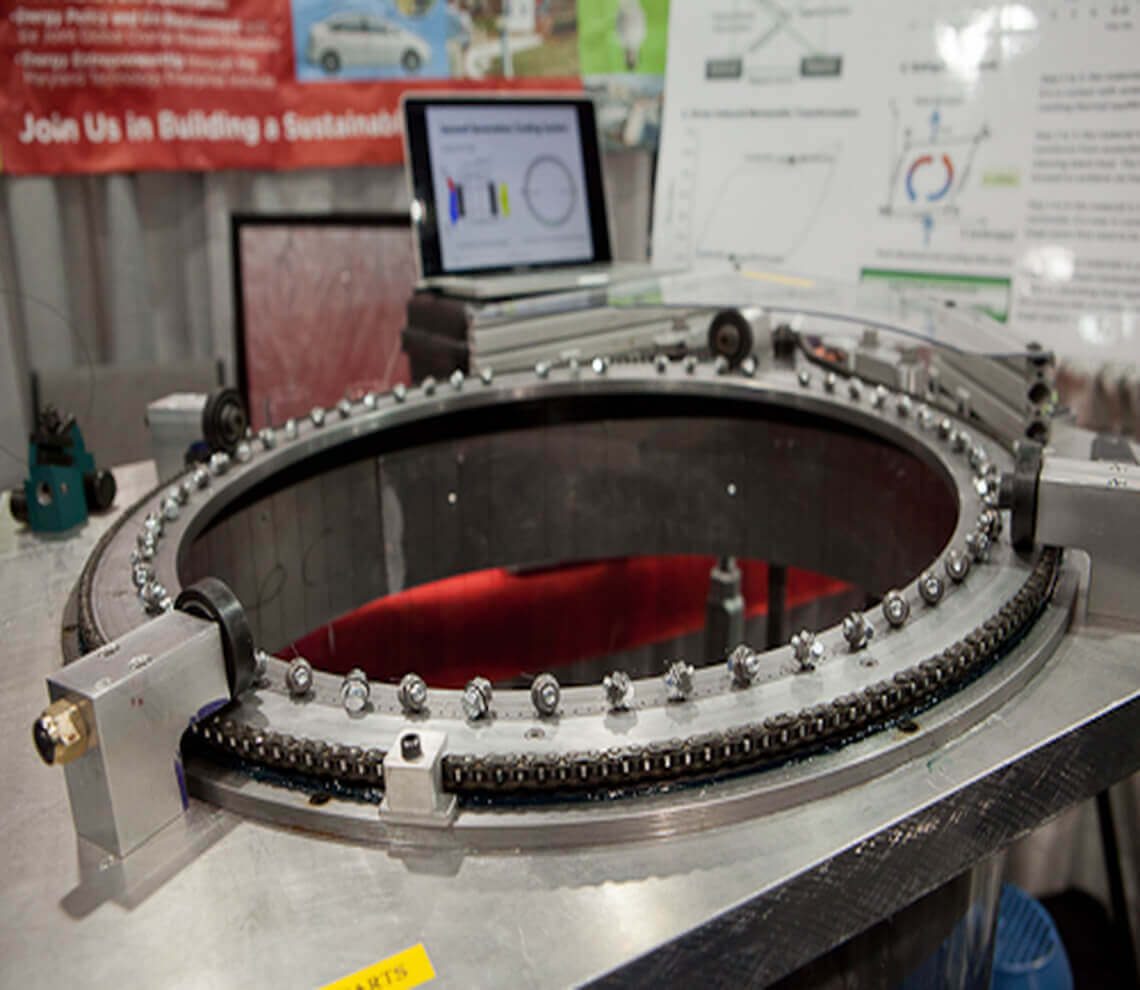- Our Suppliers
- MBS Monoclonals
- Mouse Anti-Chicken CD44-BIOT
Product short description
Price:
464 EUR
Size:
500ug
Catalog no.:
GEN673970
Product detailed description
Clone
AV6
Purification method
N/A
Concentration
N/A
Also known as
CD44
Clonality
Monoclonal
Latin name
Mus musculus
Immunoglobulin isotype
Mouse IgG1 kappa
Host organism
Mouse (Mus musculus)
Subcategory
Mnoclonal antibodies
Category
Secondary Antibodies
Form/Appearance
Biotin (BIOT) Conjugate
Tested applications:
Flow Cytometry; Immunoprecipitation
Other gene names
CD44; CD44; IN; LHR; MC56; MDU2; MDU3; MIC4; Pgp1; CDW44; CSPG8; HCELL; HUTCH-I; ECMR-III; MGC10468; N/A
Gene name synonims
CD44; CD44; IN; LHR; MC56; MDU2; MDU3; MIC4; Pgp1; CDW44; CSPG8; HCELL; HUTCH-I; ECMR-III; MGC10468; N/A
Gene name
CD44; CD44; IN; LHR; MC56; MDU2; MDU3; MIC4; Pgp1; CDW44; CSPG8; HCELL; HUTCH-I; ECMR-III; MGC10468; N/A
Properties
Chickens like all bird species have IgY antibodies that are very stable and found in the yolk. Gallus Gallus domestica is the Latin name of the Chicken.
Description
This antibody needs to be stored at + 4°C in a fridge short term in a concentrated dilution. Freeze thaw will destroy a percentage in every cycle and should be avoided.
Species reactivity
Chicken; Due to limited knowledge and inability for testing each and every species, the reactivity of the antibody may extend to other species which are not listed hereby.
Test
Mouse or mice from the Mus musculus species are used for production of mouse monoclonal antibodies or mabs and as research model for humans in your lab. Mouse are mature after 40 days for females and 55 days for males. The female mice are pregnant only 20 days and can give birth to 10 litters of 6-8 mice a year. Transgenic, knock-out, congenic and inbread strains are known for C57BL/6, A/J, BALB/c, SCID while the CD-1 is outbred as strain.
Other names
CD44; CD44 antigen (Indian blood group), isoform CRA_g; CD44 antigen; epican; Hermes antigen; OTTHUMP00000232487; OTTHUMP00000232488; OTTHUMP00000232489; OTTHUMP00000232491; OTTHUMP00000232492; OTTHUMP00000232493; OTTHUMP00000232494; OTTHUMP00000232495; OTTHUMP00000232522; hyaluronate receptor; phagocytic glycoprotein 1; heparan sulfate proteoglycan; cell surface glycoprotein CD44; extracellular matrix receptor III; chondroitin sulfate proteoglycan 8; GP90 lymphocyte homing/adhesion receptor; hematopoietic cell E- and L-selectin ligand; homing function and Indian blood group system; CD44 molecule (Indian blood group); N/A
Specificity and cross-reactivity
Chicken CD44 (Mr 90-kDa). Chicken CD44 is a type I transmembrane glycoprotein expressed on many cell types, including B cells, most T cells, monocytes and some epithelial cells.1 CD44 primarily functions as an adhesion molecule. It has been implicated in various processes, such as hematopoiesis, lymphocyte homing, leukocyte activation, tumor metastasis and development.2,3 MAb AV6 also reacts with IgM+ turkey B cells and a subset of turkey T lymphocytes.4; Since it is not possible to test each and every species our knowledge on the corss reactivity of the antibodies is limited. This particular antibody might cross react with speacies outside of the listed ones.
Storage and shipping
The purified (UNLB) antibody is supplied as 0.5 mg of purified immunoglobulin in 1.0 mL of 100 mM borate buffered saline, pH 8.2. No preservatives or amine-containing buffer salts added. Store at 2- 8 degree C. The fluorescein (FITC) conjugate is supplied as 0.5 mg in 1.0 mL of PBS/NaN3. Store the antibody ats should be kept in the range of 1-7 degrees Celsius.. The biotin (BIOT) conjugate is supplied as 0.5 mg in 1.0 mL of PBS/NaN3. Store the antibody ats should be kept in the range of 1-7 degrees Celsius.. The R-phycoerythrin (R-PE) and allophycocyanin (APC) conjugate is supplied as 0.1 mg in 1.0 mL of PBS/NaN3 and a stabilizing agent. Store the antibody ats should be kept in the range of 1-7 degrees Celsius.. Do not freeze! The Spectral Red (SPRD) conjugate is supplied as 0.1 mg in 1.0 mL of PBS/NaN3 and a stabilizing agent. Store the antibody ats should be kept in the range of 1-7 degrees Celsius.. Do not freeze! Protect conjugated forms from light. Each reagent is stable for the period shown on the bottle label if stored as directed.
© Copyright 2016-Tech News . Design by: uiCookies

